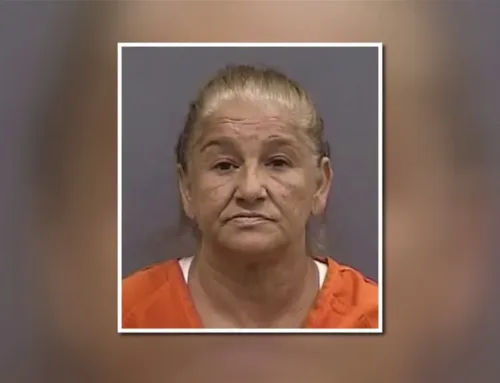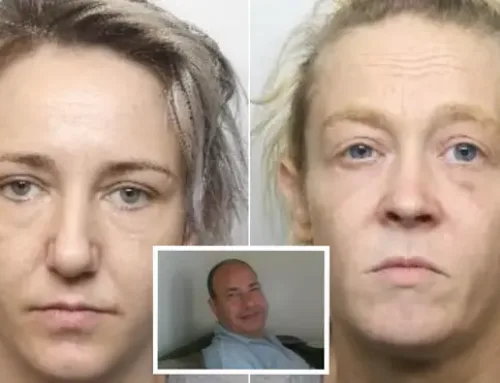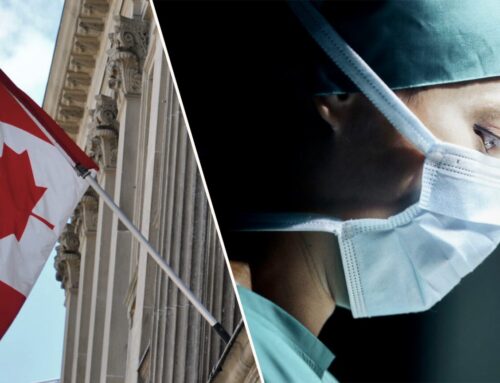Anna Junker
august 23, 2021
-Edmonton Journal
Firefighters, paramedics and Edmonton’s busiest emergency department are scrambling to stay on top of surging accidental opioid poisonings that in some cases demand mega-doses of Naloxone to treat.
Dr. Shazma Mithani, a physician at the Royal Alexandra Hospital in central Edmonton, says the facility has always seen its share of opioid poisoning patients come into the emergency department due to the geographic location. Over the past several months, however, there has been a “dramatic, noticeable increase” in the volume of those patients.
“Unfortunately also what that means is that the more kinds of patients that we’re seeing that are seriously poisoned with opioids come in, the more serious bad outcomes that they’re having,” Mithani said.
“We’re seeing deaths, we’re seeing patients have to have breathing tubes put in, have to go to ICU, just because of the dangerous drug supply that’s out there. Even very high doses of Naloxone aren’t effective in some cases at reversing the effects of the opioid.”
She said two years ago, she would personally see about one opioid poisoning during her shift, but now she can see upwards of four poisonings in one shift.
Between January and May of this year, 624 Albertans died from accidental drug poisonings, a 41 per cent increase over the same time period in 2020.
Mithani said the main concern for opioid poisonings is that the patients may not be breathing. Often, paramedics will have already administered Naloxone to these patients out in the community but it has not worked, so when they are brought to the hospital, they are taken immediately to the department’s resuscitation room.
“We get a very brief quick report and the nurses are in there right away, getting the patient hooked up to monitors, getting an IV if they don’t already have an IV with the paramedics, and just giving Naloxone as quickly as possible through the IV,” Mithani said.
“Oftentimes, what I’ve certainly noticed, and I think my colleagues as well, over the last several months, is that the amount of Naloxone that we’re having to give is quite a bit higher than what we’ve had used in the past, which really indicates that the potency of the opioids that are out there on the streets right now are quite a bit higher.”
And while health-care staff can take a blood or urine sample to confirm if an opiate has been taken, the tests aren’t specific enough to identify exactly what drug is in the user’s system.
“When I talk to my patients once they’re awake and have responded to the Naloxone and stabilized, nine times out of 10 everyone says, ‘I thought I was taking heroin, I used the dose that’s normally effective for me and I responded to it in a very different way than I’m used to,’” she said.
“It’s really important to note that these are not people that are trying to overdose, it’s just that the supply is so dangerous right now.”
Naloxone supplies have been stretched as a result. Recently, when Mithani was working at the Stollery Children’s Hospital, the University of Alberta Hospital’s emergency department, which shares the space, experienced a “temporary low supply” of Naloxone.
Alberta Health Services spokesman Kerry Williamson said in a statement that alternative doses were made available on site, and the supply was restocked to normal levels within three hours.
“Strategies have been developed to ensure safe patient care and mitigate potential patient impacts. AHS closely monitors provincial stock levels and pursues alternative sources of medications where possible and as necessary,” Williamson said.
Emergency medical services (EMS) crews restock Naloxone supplies while at emergency departments and the central EMS station. Emergency departments are stocked by the pharmacy departments in each hospital.
“If supplies are running critically low, EMS crews are also able to tap into an emergency supply through our stockpile. This happens very rarely,” he said.
Edmonton Fire Rescue Services sees opioid uptick
Greg Rehman, president of the Edmonton Firefighters Union, working Downtown at Fire Station #2, said over the last year, but particularly the last six months, overdose calls have increased significantly.
“The calls don’t necessarily come in as an overdose or a poison, they get coded in many different ways so it can be anywhere from an ‘unknown situation’ or ‘problem unknown,’” he said. “They use several different terminologies, but for the most part the vast majority of those calls are overdoses.”
He said usually when a crew arrives on scene, it is before an ambulance, so they work to manage the patient’s airway, administer doses of Naloxone and try to bring the patient to consciousness. Once EMS arrives, they will transfer care and assist as needed.
“My last night shift I worked we had at least four or five (overdoses) and again that’s the station … which is still Downtown but it’s not that Boyle Street, Norwood area, those areas are way busier,” Rehman said.
And what crews tend to see are people in their 30s and younger when responding to these calls. Sometimes they might even see the same patient twice in one shift.
“It’s becomes hard on the psyche after a while, due to time after time after time, and no different than police officers or paramedics, exposed the same stuff, it starts to wear on you after a while, and sometimes we’re seeing the same patients sometimes twice in one night,” Rehman said.
“It’s hard to watch people suffer like that too because these are vulnerable people in our community.”
Rehman said he’s also noticed more of the general public carrying Naloxone. Pharmacies in Alberta offer Naloxone kits and training for free.
Nicole Chu, a pharmacist at Shoppers Drug Mart, said each kit comes with three doses of Naloxone, three needles for injection into the patient’s thigh or upper arm, a face shield and gloves.
“We always talk about the importance of having an EpiPen but in my mind, having a Naloxone kit is exactly the same importance,” she said.
“You never know where you’re gonna run into a situation where someone may actually need that life-saving treatment and then need that bridge to be able to get medical help.”




